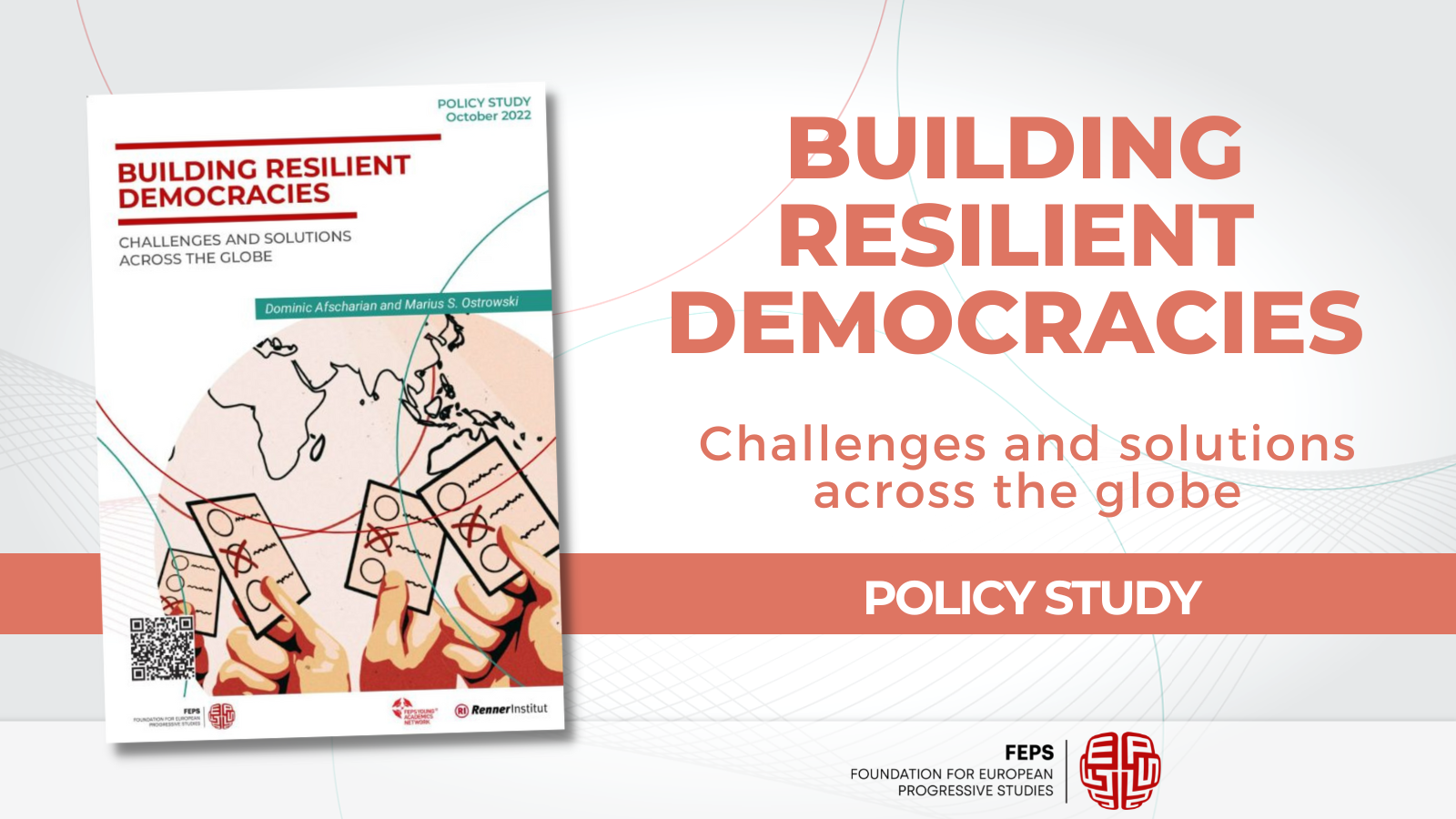Building Resilient CDN Architectures for Financial Institutions

Introduction

Financial institutions rely heavily on content delivery networks (CDNs) to provide fast and reliable online experiences for their customers. However, the financial sector faces unique challenges that require resilient CDN architectures.

Challenges Facing CDN Architectures in Finance
- High availability: Financial institutions cannot afford downtime, as it can lead to significant financial losses and damage to reputation.
- Security: Financial data is highly sensitive and must be protected against unauthorized access or attacks.
- Compliance: CDNs must comply with strict regulatory requirements, such as PCI DSS and GDPR.
- Scalability: Financial institutions experience high traffic spikes during business hours, requiring CDNs to handle large volumes of requests efficiently.
Building Resilient CDN Architectures
1. Redundancy and Availability
- Multi-region architecture: Deploy CDNs across multiple regions to ensure availability in case of regional outages.
- Active-active load balancing: Distribute traffic across multiple CDN servers to avoid single points of failure.
- Content caching: Cache frequently accessed content on multiple servers to reduce latency and improve responsiveness.
2. Security
- Encryption in transit and at rest: Protect data using industry-standard encryption protocols, such as TLS/SSL and AES-256.
- Access controls: Implement granular access controls to restrict who can access sensitive data and prevent unauthorized modifications.
- DDoS mitigation: Implement CDN-level DDoS mitigation measures to protect against denial-of-service attacks.
3. Compliance
- PCI DSS certification: Ensure that the CDN complies with the Payment Card Industry Data Security Standard (PCI DSS) to protect sensitive financial data.
- GDPR compliance: Implement measures to comply with the General Data Protection Regulation (GDPR), including data privacy and consent management.
- Regular assessments and audits: Conduct regular audits and assessments to ensure ongoing compliance.
4. Scalability
- Elastic scalability: Use cloud-based CDNs that can automatically scale up or down resources based on demand.
- Network optimization: Optimize the CDN network for high performance and low latency, using techniques such as CDN peering and route optimization.
- Traffic shaping: Implement traffic shaping techniques to prioritize critical content and optimize performance during peak traffic periods.
Additional Considerations
- Performance monitoring: Implement continuous performance monitoring to identify potential issues and ensure optimal performance.
- Content optimization: Optimize content delivery using techniques such as image compression, video streaming, and responsive design to reduce bandwidth consumption and improve user experience.
- Vendor selection: Carefully evaluate CDN providers based on their reliability, security, compliance, and scalability capabilities.
Conclusion
Building resilient CDN architectures is crucial for financial institutions to ensure high availability, security, compliance, and scalability. By implementing the best practices outlined above, financial institutions can provide their customers with the fast and reliable online experiences they need while protecting sensitive data and meeting regulatory requirements.## Building Resilient CDN Architectures for Financial Institutions
Executive Summary
Financial institutions face unique challenges in delivering reliable and secure online experiences to their customers. Content Delivery Networks (CDNs) are essential for optimizing content delivery, but they must be designed with resilience in mind to ensure continuous availability and protection against disruptions. This article provides actionable strategies to build resilient CDN architectures tailored to the specific requirements of financial institutions.
Introduction
In the highly competitive financial industry, providing superior online experiences is paramount for customer acquisition and retention. CDNs play a crucial role in delivering fast and seamless access to web content, mobile applications, and other digital services. However, financial institutions must consider the added complexity of regulatory compliance, security threats, and high-volume transactions that require resilient network infrastructure.
FAQs
-
Why are CDNs important for financial institutions?
- Optimized content delivery for reduced latency and improved user experience
- Enhanced security measures to protect sensitive financial data
- Scalability to handle high-volume transactions and spikes in traffic
-
What are the critical considerations for building a resilient CDN architecture?
- Network redundancy and failover mechanisms
- Proactive monitoring and proactive maintenance
- Compliance with regulatory requirements and industry best practices
-
How can CDNs enhance security for financial institutions?
- DDoS mitigation and protection against cyberattacks
- SSL/TLS encryption for secure data transmission
- Content filtering to prevent malicious content distribution
Top 5 Subtopics
1. Network Redundancy and Failover
Network redundancy involves deploying multiple interconnected networks to provide backup routes for content delivery. Failover mechanisms automatically redirect traffic to alternative paths in case of network outages or disruptions, ensuring continuous service availability.
- Multi-homed connections: Connect to multiple Internet Service Providers (ISPs) to provide diverse network paths.
- Anycast routing: Direct user requests to the nearest available CDN server, reducing latency and improving network resilience.
- Failover mechanisms: Configure automated failover mechanisms to switch to backup networks seamlessly and minimize service interruptions.
2. Proactive Monitoring and Maintenance
Proactive monitoring and maintenance are essential to identify and address potential issues before they impact service delivery. Regular maintenance helps maintain optimal performance and prevent system failures.
- Real-time monitoring: Use monitoring tools to track key performance metrics such as latency, uptime, and error rates.
- Predictive analytics: Leverage machine learning algorithms to predict and prevent potential bottlenecks or outages.
- Regular maintenance: Schedule regular system updates, hardware upgrades, and preventive maintenance tasks to minimize downtime and enhance stability.
3. Compliance with Regulatory Requirements
Financial institutions must adhere to strict regulatory requirements related to data security, privacy, and operational resilience. CDNs must be designed to meet these requirements and provide evidence of compliance.
- PCI DSS compliance: Meet Payment Card Industry Data Security Standards to protect customer financial data.
- GDPR compliance: Comply with the General Data Protection Regulation to ensure data protection and user consent management.
- Operational resilience regulations: Adhere to industry regulations such as the BCBS 239 principles for operational resilience.
4. Security Enhancements
CDNs can significantly enhance security for financial institutions by implementing various security measures.
- DDoS mitigation: Deploy DDoS mitigation services to protect against distributed denial-of-service attacks.
- SSL/TLS encryption: Encrypt all data transmissions between CDN servers and end-users to prevent interception and data breaches.
- Content filtering: Block or filter malicious content, such as viruses, malware, and phishing attempts, to protect users from online threats.
5. Scalability and Performance Optimization
Financial institutions experience fluctuating traffic patterns, including seasonal spikes and large transactions. CDNs must be designed to scale seamlessly to accommodate these variations and maintain optimal performance.
- Load balancing: Distribute traffic evenly across multiple CDN servers to optimize resource utilization and reduce latency.
- Smart caching: Cache frequently accessed content to reduce server load and improve response times.
- CDN optimization tools: Leverage CDN-specific optimization tools to fine-tune network settings, routing, and caching strategies for improved performance.
Conclusion
Building resilient CDN architectures for financial institutions requires careful planning, robust implementation, and ongoing monitoring and maintenance. By leveraging the strategies outlined in this article, financial institutions can ensure continuous availability, enhanced security, and improved performance of their online services. This, in turn, leads to increased customer satisfaction, reduced operational risks, and a competitive edge in the digital financial landscape.
Keyword Tags
- CDN Architecture
- Financial Institutions
- Content Delivery Network
- Network Redundancy
- Data Security
